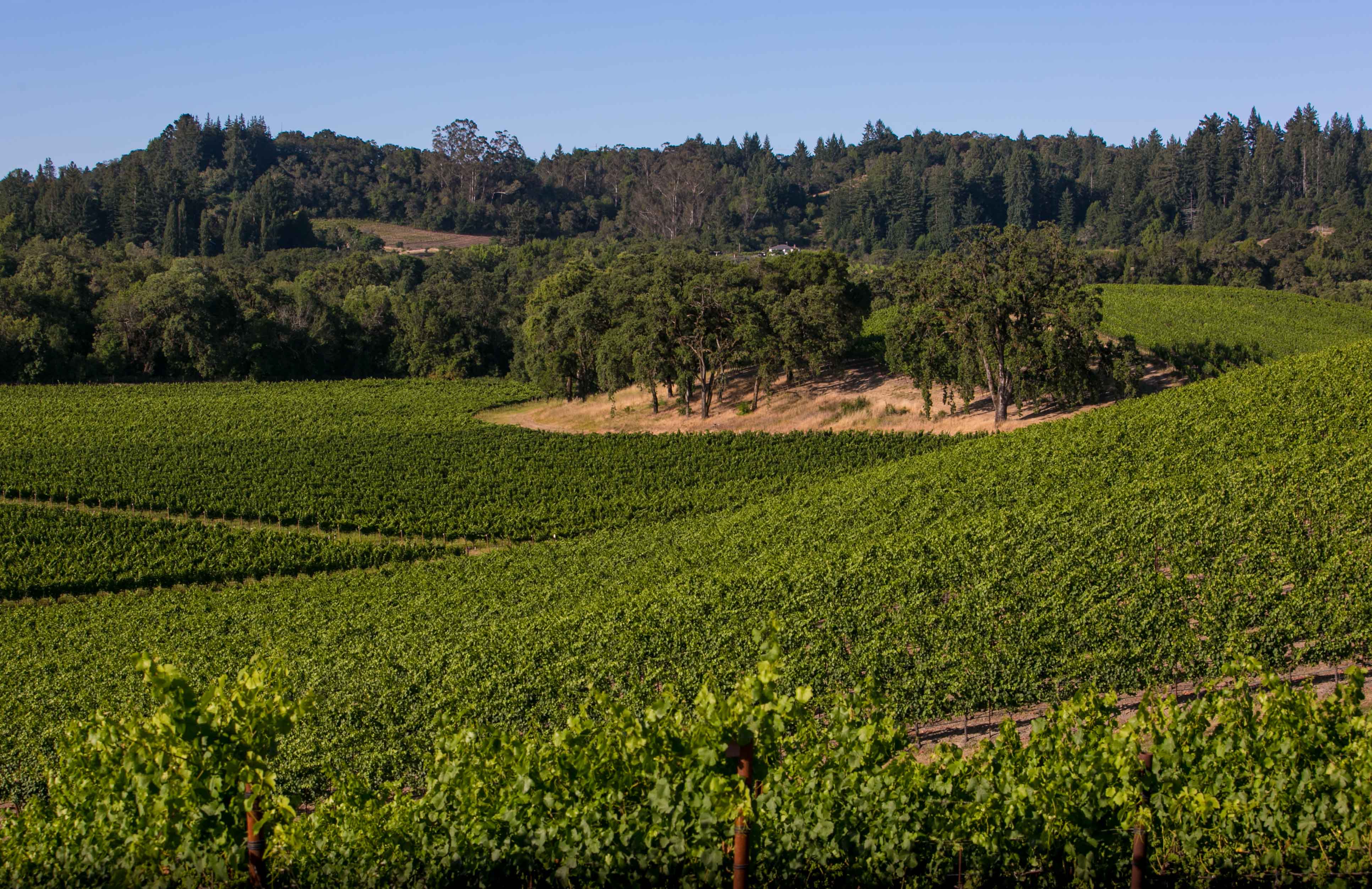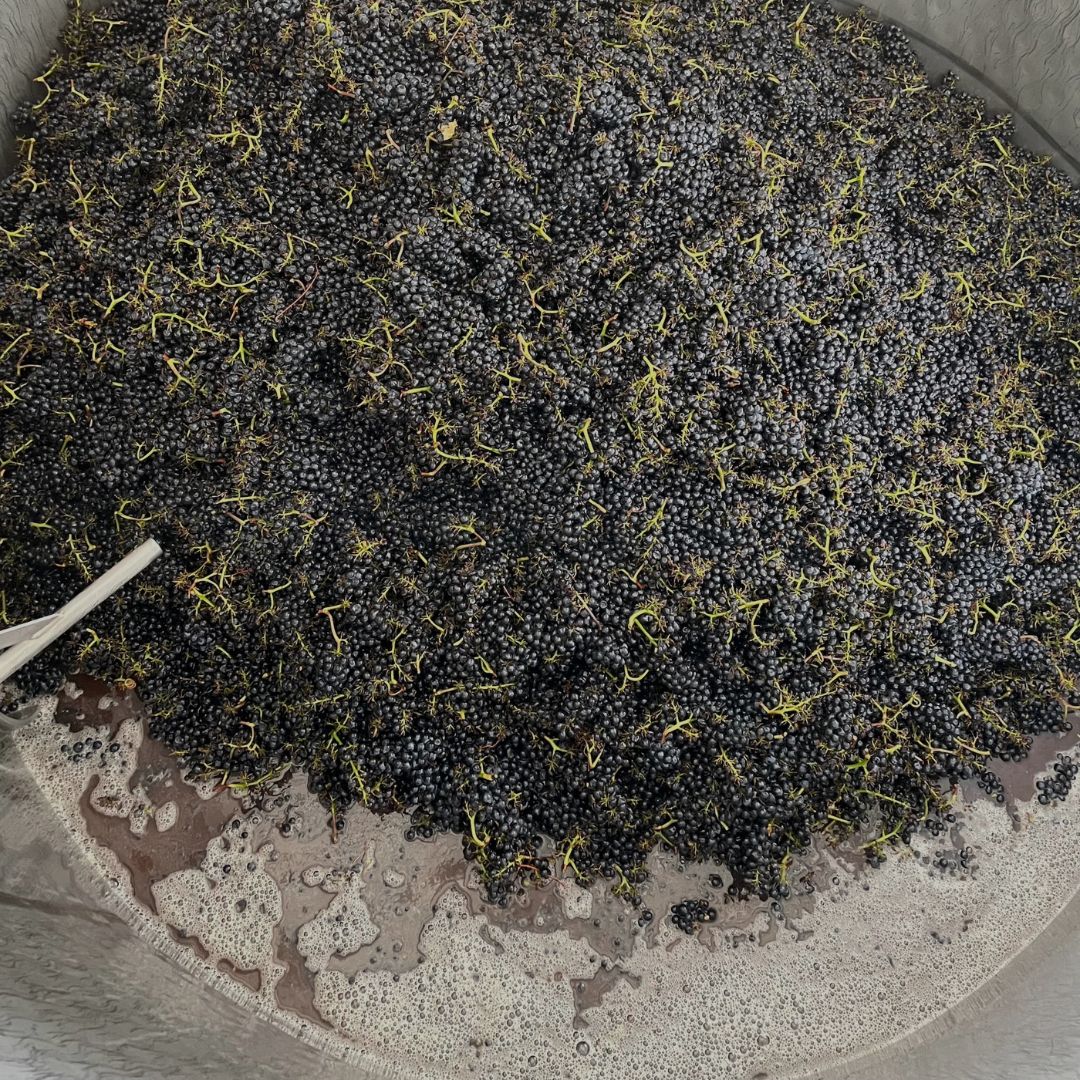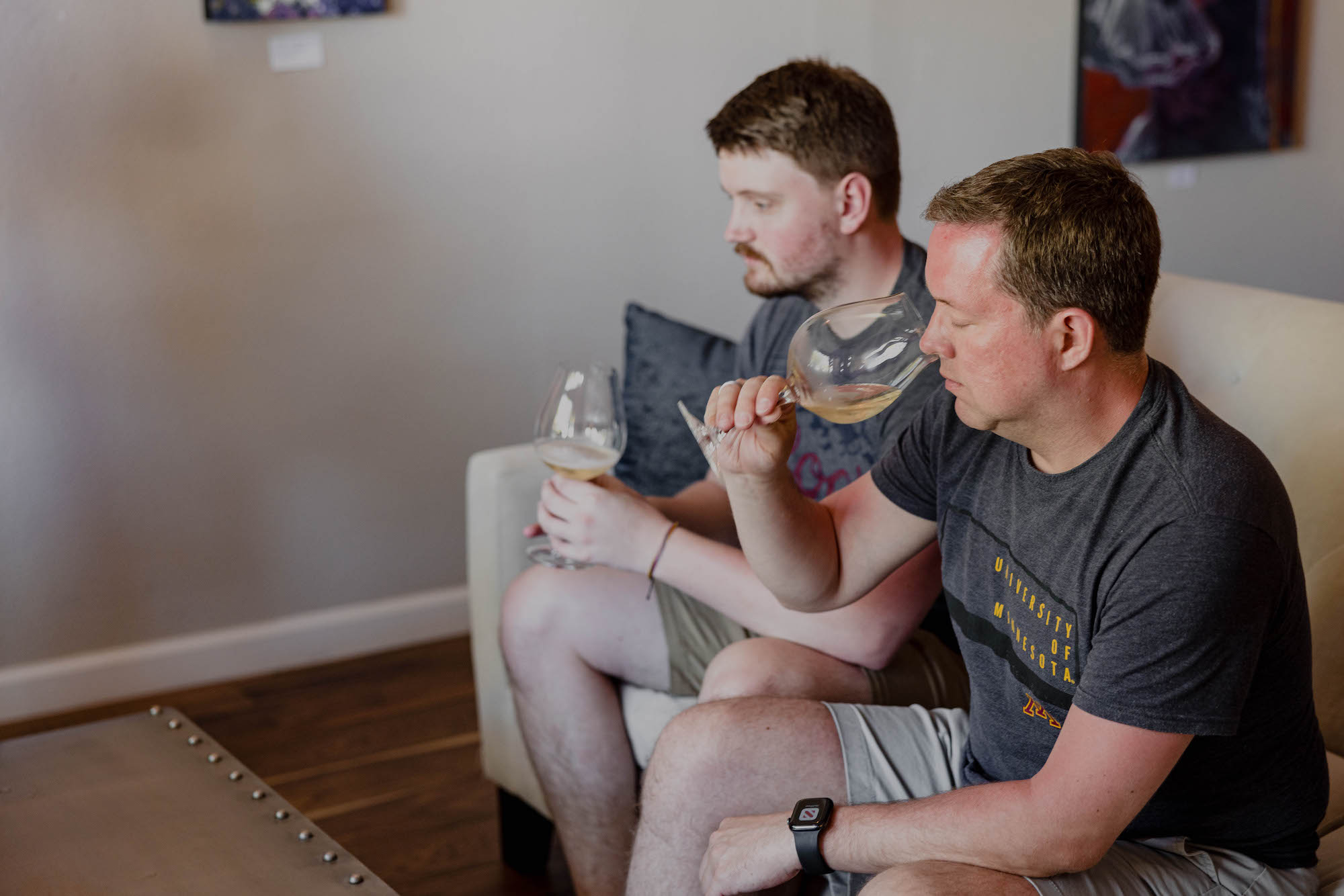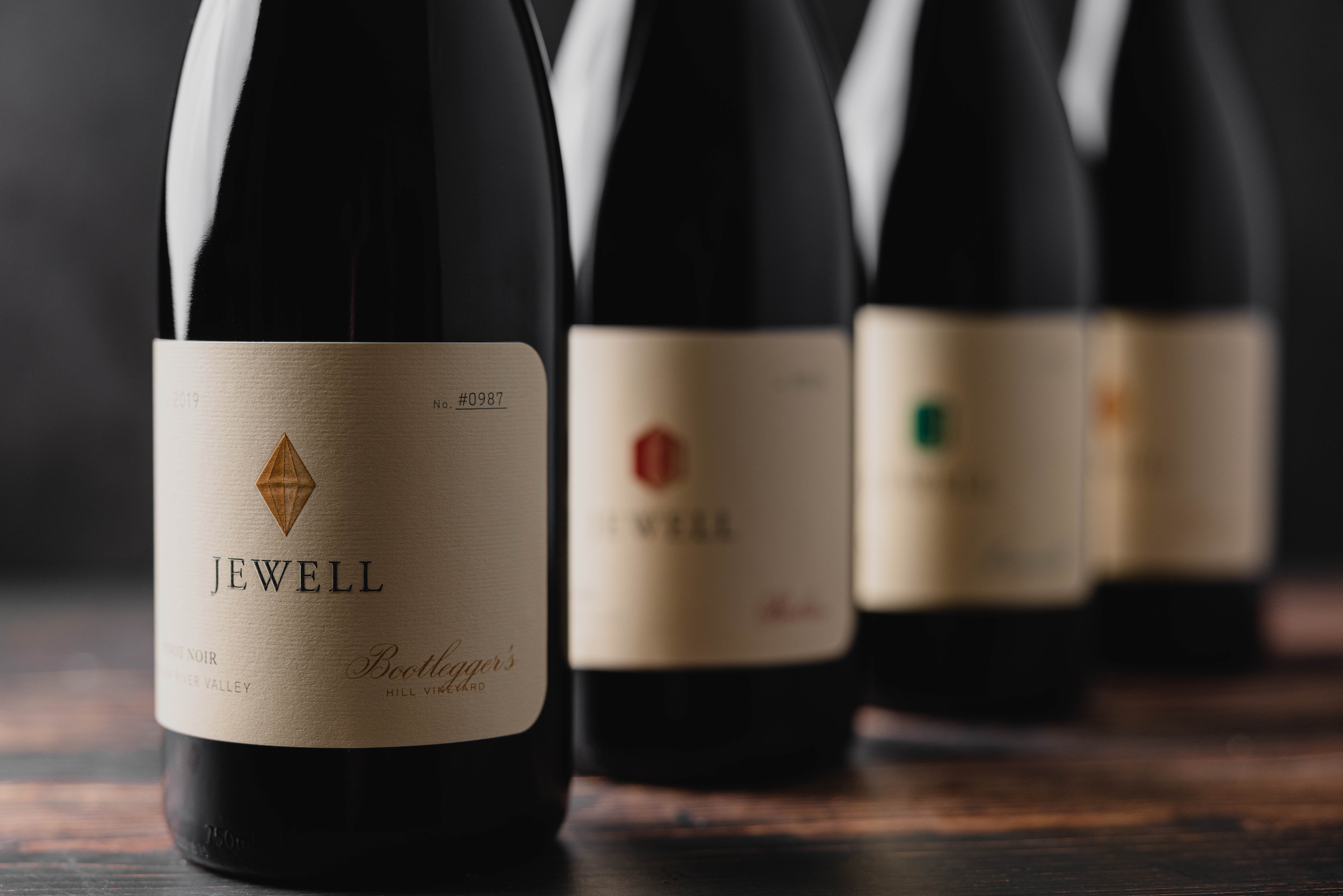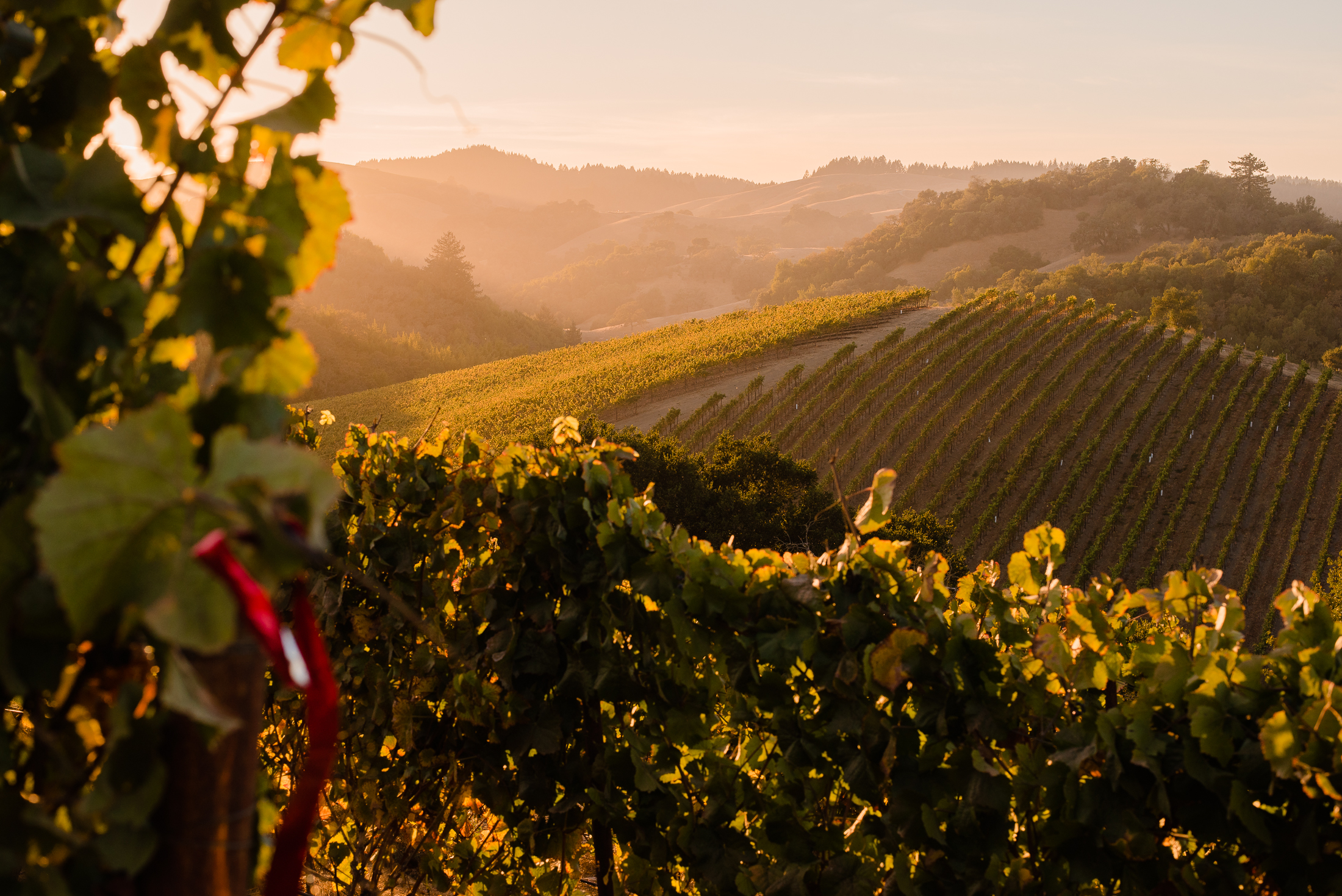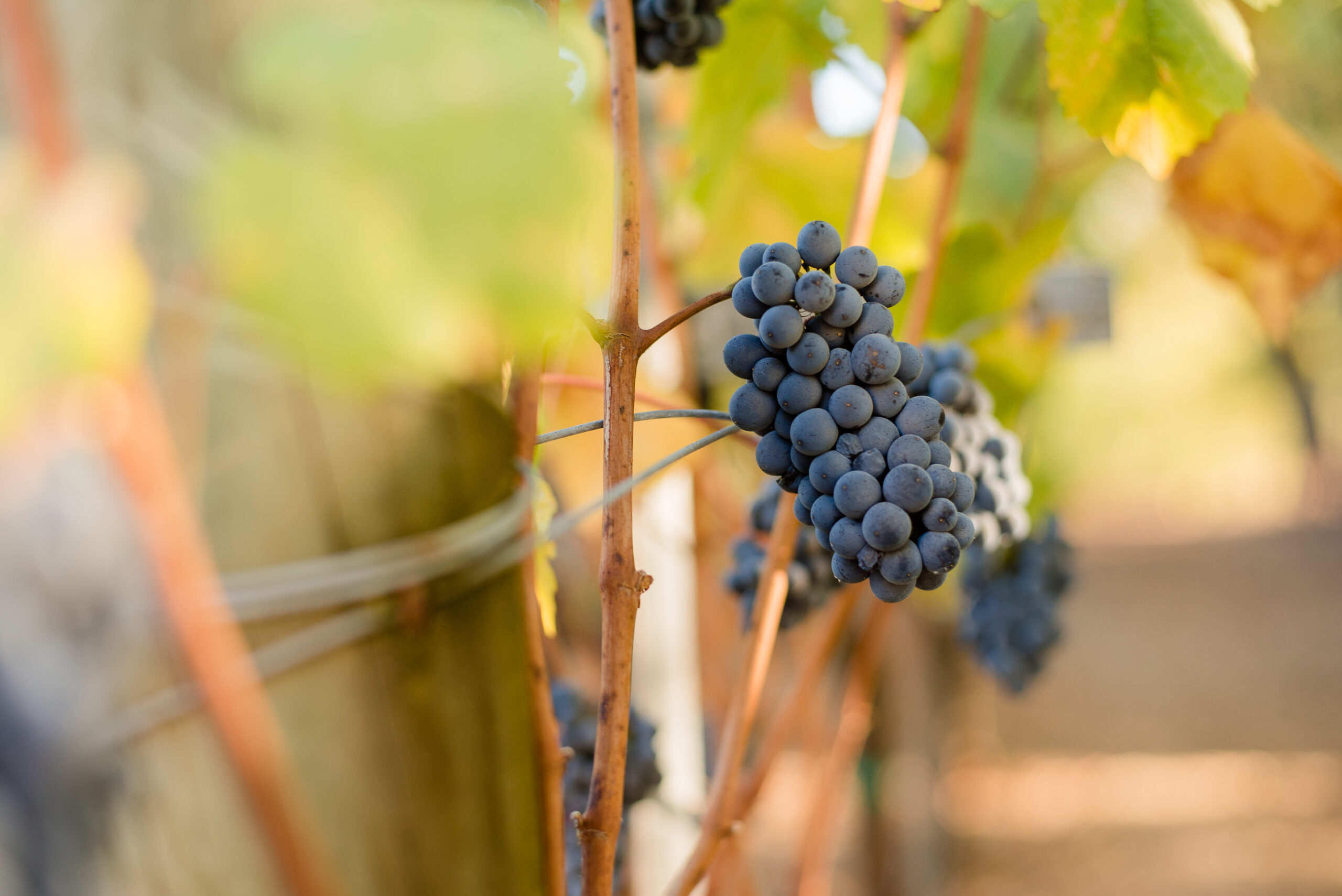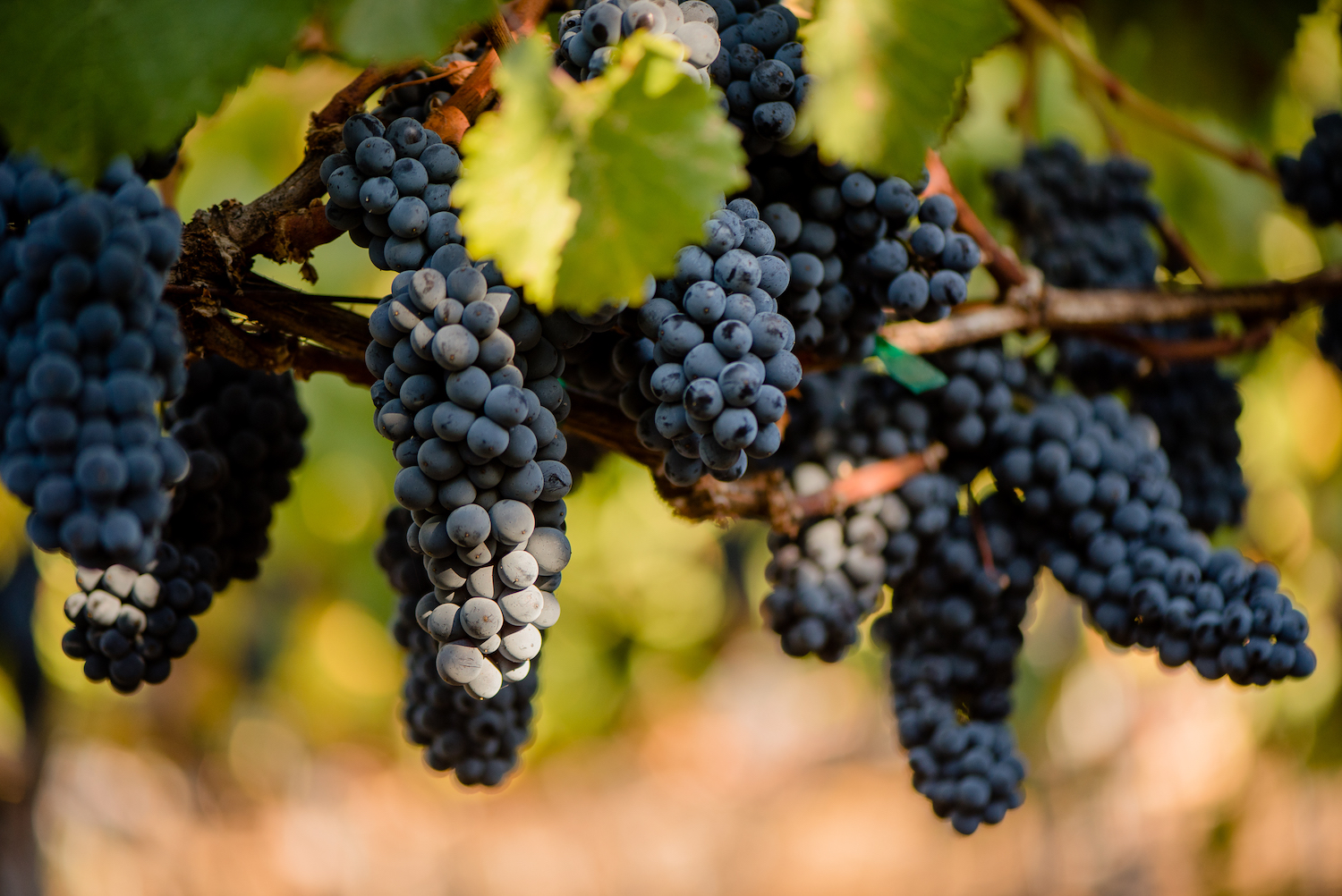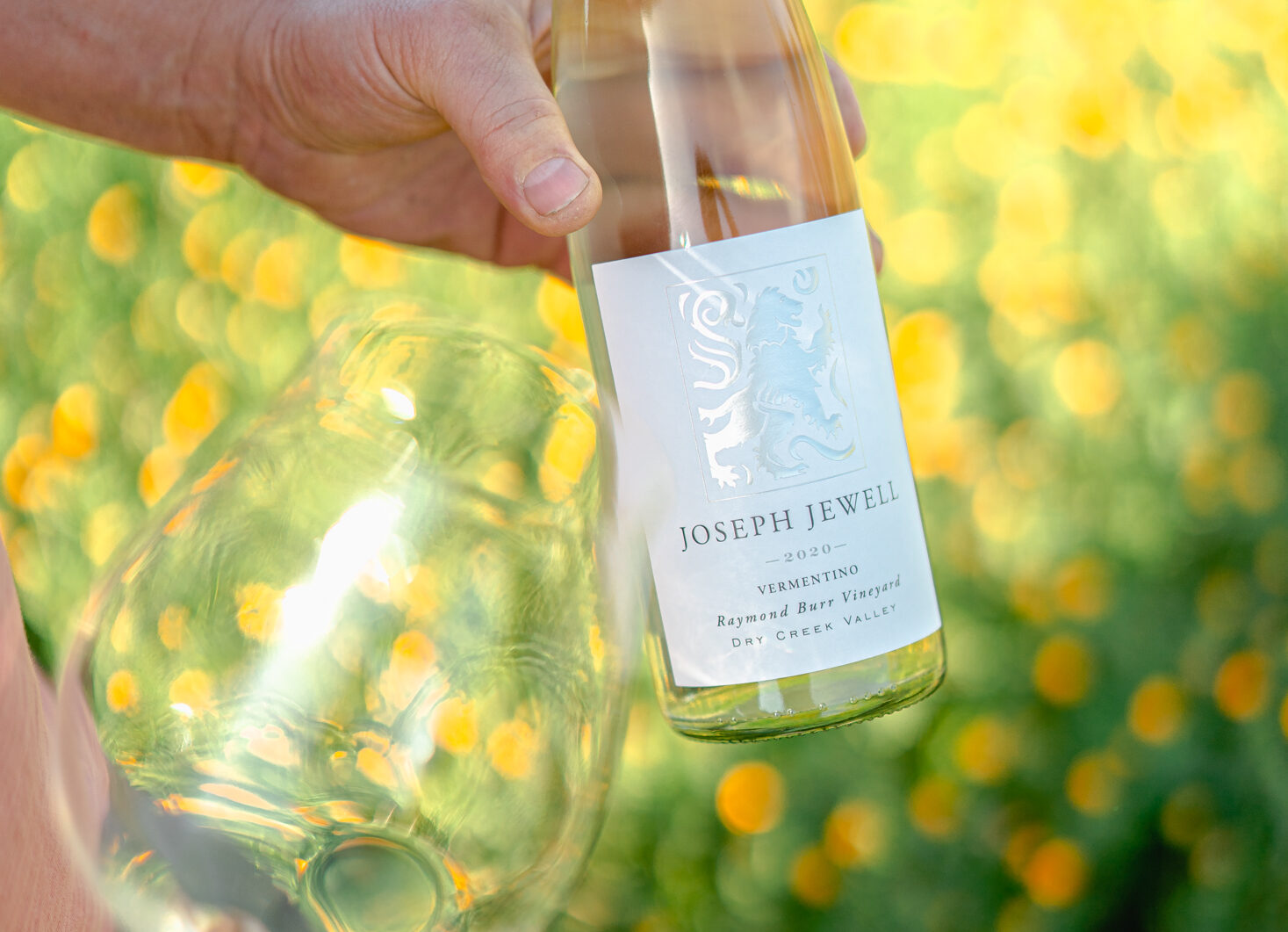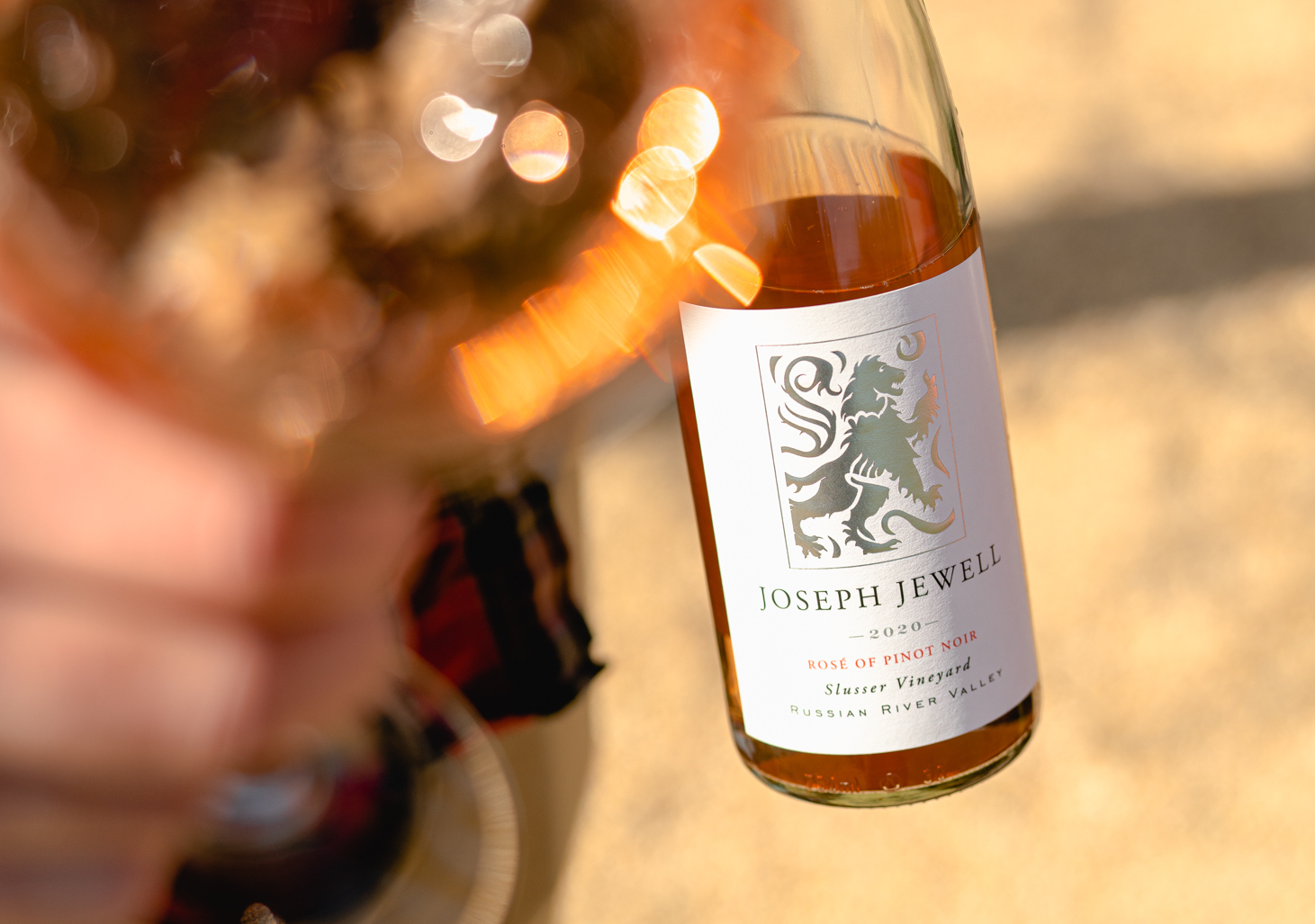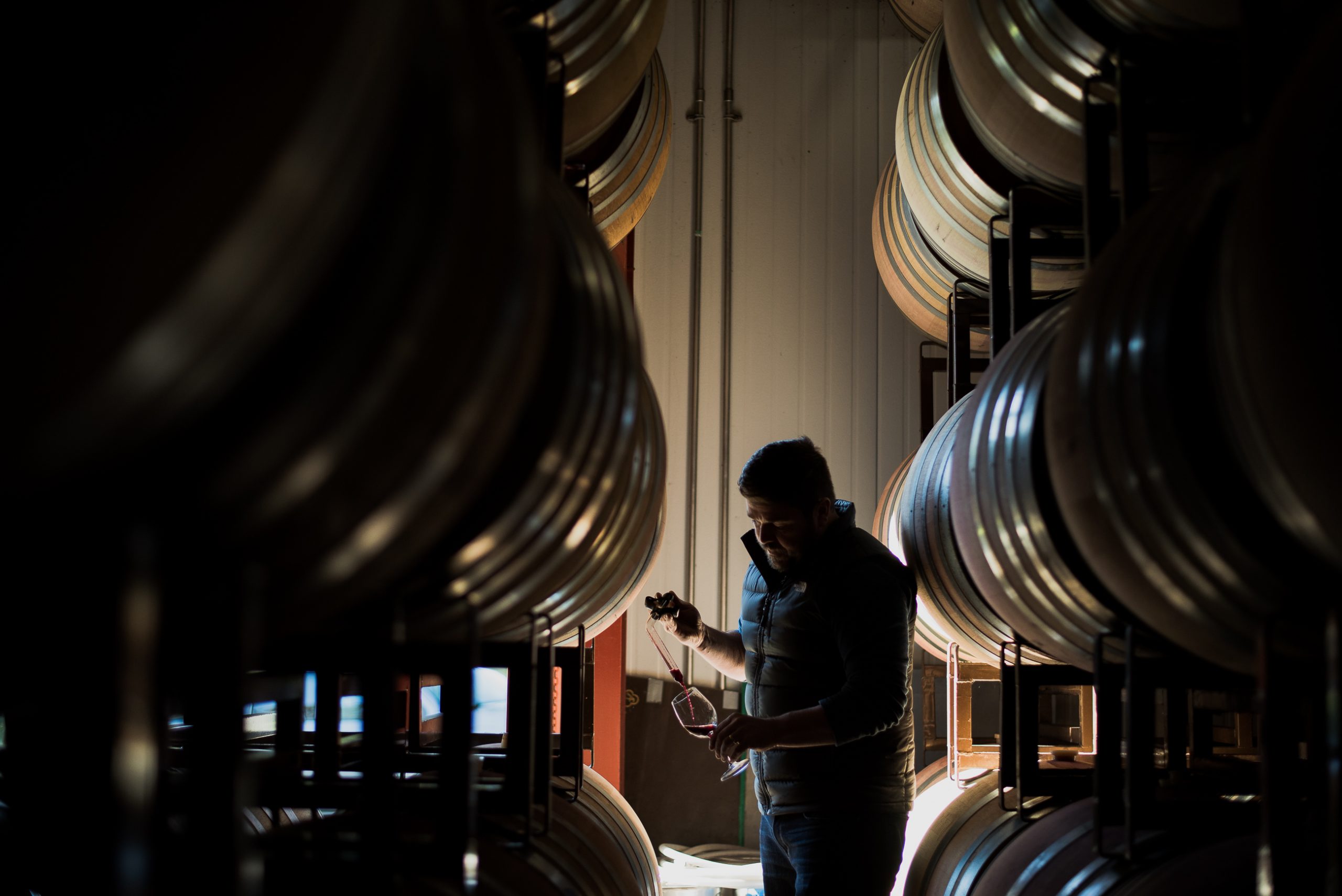17 Mar Exploring Whole-Cluster Fermentation in Red Wine
I've played around with whole-cluster fermentation in Pinot Noir for years, but in 2022, I fully committed to it. After seeing how it enhanced structure and complexity in small experimental batches, I realized its potential as a key tool for expressing terroir. That year's vintage, with its ideal balance of ripeness and stem lignification, was the perfect opportunity to go all in. This old-school technique—fermenting grapes with their stems still attached—is making a big comeback among winemakers looking to add serious depth and complexity to their wines. What is Whole-Cluster Fermentation? Instead of removing the stems before fermentation, we keep the entire grape bunch intact. This simple decision has a huge impact on the final wine, influencing everything from texture to aroma to the way the tannins feel on your palate. At Joseph...



